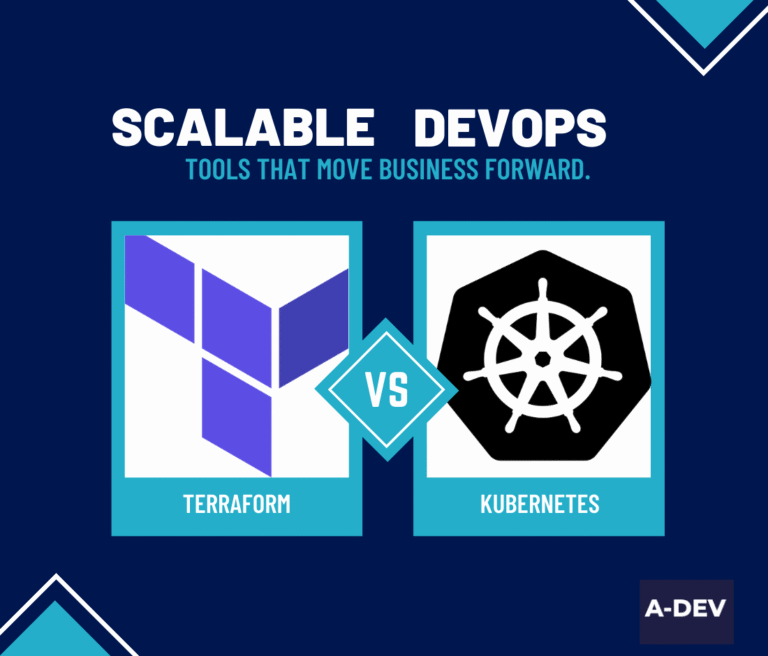As the digital landscape advances, so does the evolution of DevOps practices. Witnessing a remarkable surge in adoption, DevOps has become a linchpin in software development. With over 80% of organizations implementing DevOps methodologies and a staggering 75% reporting improved team efficiency (source: DORA), the continuous evolution of DevOps is reshaping how businesses approach software delivery and operational excellence.
Is DevOps still in demand in 2023?
In the realm of technology, DevOps revolutionized collaboration between development and operations engineers, aiming for swift and seamless software distribution. This methodology streamlines processes, synchronizing efforts across departments and technology resources. Breaking barriers between teams, DevOps fosters a more agile approach to software design and rollout.
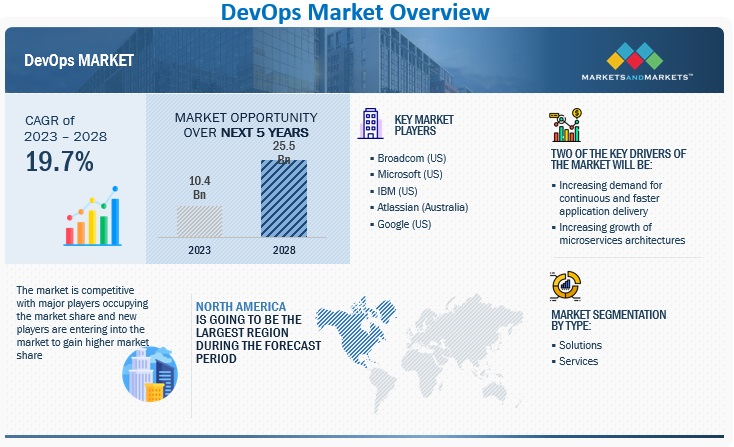
Source: www.marketsandmarkets.com
Amid ongoing evolution, DevOps remains central in modern business. Forecasts by Gartner suggest an 85% adoption of the cloud-first principle by 2025, closely linked with DevOps. Recent stats show its impact: 99% of organizations benefited from DevOps in 2020. 61% improved their product quality, and around 49% saw quicker software releases. From 2017 to 2020, DevOps usage surged from 33% to 63%, signifying its transformative role in business practices.
Latest Trends in DevOps
In today’s rapidly evolving technological landscape, the DevOps paradigm continually introduces new approaches, each accompanied by diverse functionalities and methodologies. To fully comprehend the breadth and depth of the modern tendencies, strategic classification based on their respective application areas becomes imperative. This categorization is pivotal in understanding how these trends are specifically tailored and strategically deployed within distinct domains, offering profound insights into their multifaceted impact on modern technology practices.

Source: Freepik
Operational Efficiency and Automation
DevOps strategies serve as a linchpin in modern technology, propelling operational efficiency and automation within software design and rollout practices. This foundational approach sets the stage for exploring a spectrum of classified trends, each tailored to specific application domains. From AI-Driven DevOps, Infrastructure Management, and Deployment Practices to Advancements in Cloud-Native Technologies, Safety Measures, and Integration, these trends collectively drive workflow enhancement and value proposition. Additionally, the integration of Edge Computing further enhances performance, underscoring the expansive impact of these specialized DevOps trends.
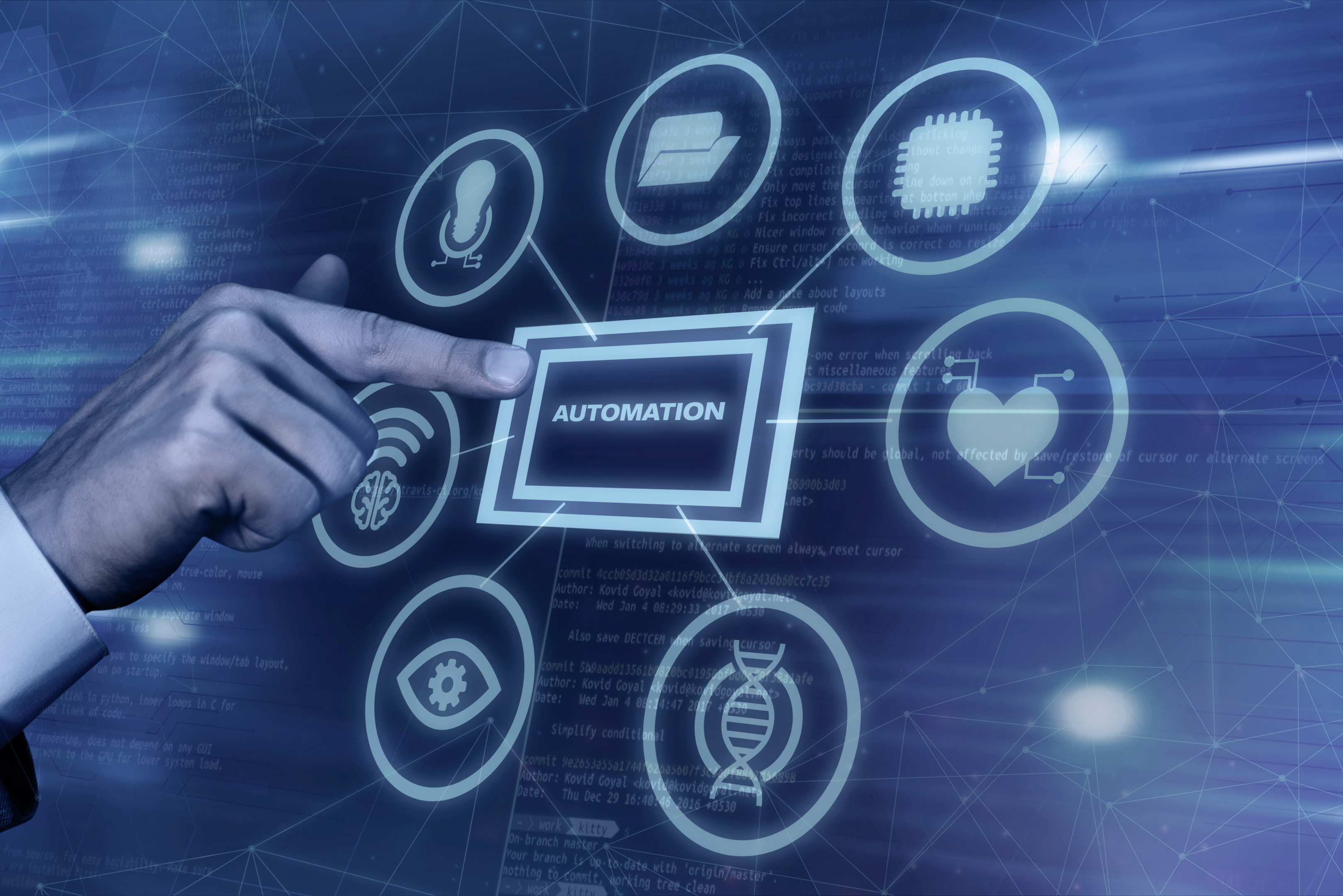
Source: Freepik
AI-Driven DevOps:
AI-Driven DevOps represents a pivotal fusion of Artificial Intelligence (AI) and Machine Learning (ML) within DevOps methodologies, revolutionizing traditional workflows by ushering in a new era of both predictive analysis, analytics and automation. These advancements play an important role in automating various DevOps tasks, encompassing code analysis, testing, distribution, monitoring, and maintenance. Through AI and ML implementations, bugs and vulnerabilities in code are detected using AI-powered tools, ensuring enhanced accuracy and consistency while minimizing human error. Additionally, ML algorithms scrutinize performance data to identify optimization opportunities. This integration enables developers to focus their expertise on more intricate tasks while AI and ML handle routine operations.
Innovative AI-Driven Solutions Transforming DevOps Workflows
Several companies have introduced innovative AI-driven approaches aimed at revolutionizing DevOps workflows, leveraging predictive analytics and automation to streamline processes:
- Kubiya: Kubiya stands as an AI-powered DevOps platform that employs conversational AI to simplify communication between developers and operators. This approach minimizes toil and maintenance by translating development objectives into a language that operations teams easily understand. By reducing communication complexities, Kubiya enhances service level agreements and eliminates tedious back-and-forth interactions.
- Digital.ai: A prominent provider of AI-driven DevOps approaches, Digital.ai specializes in automating and optimizing DevOps tasks. Their AI-based solutions focus on enhancing efficiency and decreasing errors, incorporating features like predictive analytics and intelligent monitoring to improve the development and deployment pipeline.
- Microsoft: Through its Azure platform, Microsoft offers an array of AI-based DevOps solutions that facilitate application development, testing, and deployment across diverse platforms and languages. Leveraging AI capabilities, Microsoft’s solutions automate issue detection and resolution, continuously monitor code quality, enhance application performance, and automate security measures, resulting in reduced costs and improved efficiency.
- AWS (Amazon Web Services): Amazon CodeGuru, an AWS offering, assists developers in refining their code and identifying performance bottlenecks within applications. With AI-driven capabilities, Amazon CodeGuru enables automatic issue detection and resolution, continuous code quality enhancement, and optimization of application performance, all contributing to cost reduction and improved efficiency.
These key players showcase how AI-powered tools and platforms are advancing predictive analytics and automation within DevOps workflows, aiming to enhance productivity, reduce errors, and improve various facets of software development and deployment processes.
Infrastructure Management and Deployment Practices
Navigating the complexities of infrastructure management and deployment practices plays a significant role in modern DevOps methodologies. Among the transformative approaches, the evolution and adoption of GitOps have redefined the landscape. GitOps, a methodology leveraging Git as the core for managing infrastructure and applications, has revolutionized how teams collaborate, automate, and maintain transparency while streamlining operations. Concurrently, the advancements in cloud-native technologies have paralleled this evolution, reshaping the way software is developed, deployed, and scaled across distributed environments.
Evolution of GitOps
GitOps, a transformative DevOps approach leveraging Git as the core for managing infrastructure and applications, streamlines operations by fostering collaboration, transparency, and automation. Its benefits include maintaining version control, ensuring consistency, enabling efficient collaboration, and enhancing automation. Key tools for GitOps implementation encompass Version Control Systems like Git, Infrastructure as Code Tools such as Terraform and Ansible, CI/CD solutions like Jenkins and GitLab, Kubernetes for container orchestration, and monitoring tools like Prometheus and Grafana. GitOps’ evolution has reshaped infrastructure management, offering a collaborative, automated framework for modern DevOps practices.
Advancements in Cloud-Native Technologies:
The evolution of cloud-native technologies has revolutionized the DevOps workflow by emphasizing scalability, resilience, and flexibility in software development and deployment. Microservices, containerization, and platforms like Kubernetes prioritize efficiency and portability. Kubernetes, known for robust container orchestration, effectively manages, scales, and automates applications. Paired with GitOps, it centralizes infrastructure management via Git, synchronizing deployments, enhancing automation, and maintaining consistency in complex environments. This synergy enables seamless control of containerized workloads while ensuring version-controlled configurations and continuous delivery.
Security Practices and Integration

Source: Freepik
DevSecOps, integrating security into the DevOps pipeline, acts as a crucial defense against evolving cyber threats. Early integration of robust security measures within the Software Development Life Cycle (SDLC) is paramount. This approach emphasizes embedding security practices from project inception rather than treating security as an add-on in later stages.
Strengthened DevSecOps Integration and delivery
By prioritizing security from the outset, DevSecOps aims to proactively identify and mitigate vulnerabilities, ensuring security becomes integral throughout the software development journey. Several core principles are central to the DevSecOps philosophy:
- Shift-Left Security: Prioritizes the early inclusion of security measures in the development phase.
- Automated Security Checks: By integrating automated tests throughout the development pipeline, it can enhance security measures and mitigate any possible risk effectively.
- Continuous Monitoring: Ensures ongoing observation to promptly identify and address security vulnerabilities.
Essential Tools for DevSecOps Implementation
- Static Application Security Testing (SAST)
- Dynamic Application Security Testing (DAST)
- Container Scanning Tools
Real-world Example: Netflix effectively implements DevSecOps by integrating automated security checks into their development cycle, ensuring secure streaming services.
DevSecOps fosters a proactive security culture across the software development lifecycle, adapting to evolving threats.
Process Optimization and Value Delivery
In the dynamic realm of DevOps, optimizing processes to enhance value delivery remains a pivotal focus. Leveraging innovative methodologies like Value Stream Management (VSM) contributes significantly to this ongoing evolution.
Continued Evolution of Value Stream Management (VSM)
Value Stream Management (VSM) practices persistently evolve to fine-tune the software development and production process for enterprises. By systematically analyzing, visualizing, and refining the end-to-end value delivery chain, VSM enables organizations to identify inefficiencies and enhance productivity.
How VSM Practices Optimize Software Development
VSM offers a structured approach to visualize and optimize workflows, identifying bottlenecks, and streamlining processes. Its iterative nature encourages continuous improvement, empowering teams to adapt swiftly to changing demands and deliver enhanced value with increased efficiency.
Real-world Examples of Enhanced Efficiency
Practical applications of VSM demonstrate marked improvements in efficiency and value delivery. Organizations embracing VSM principles witness reduced cycle times, heightened collaboration, and a more efficient development lifecycle, resulting in high-quality deliverables.
DevOps Integration in Edge Computing
As technology expands to the network peripheries of servers, integrating DevOps methodologies into edge computing environments emerges as a pivotal initiative.
Adapting DevOps for Edge Computing Efficiency
The union of DevOps with Edge Computing streamlines development and distribution of applications, leveraging automation for enhanced efficiency. This integration extends continuous monitoring practices to gain real-time insights into application behavior and ensures security compliance across cloud and edge environments. Employing scalable DevOps technologies enables dynamic application adaptation to meet the evolving demands at the edge, facilitating the provision of faster, more reliable services in today’s digital landscape.
The Significance of Low-Latency Applications at the Edge
In edge computing, the significance of low-latency applications is indispensable. Reducing latency is a critical objective that enables nearly instantaneous data processing and decision-making. This is particularly crucial for applications like autonomous vehicles, industrial automation, and real-time communications such as VoIP, significantly enhancing the speed, responsiveness and efficiency of these systems.
DevOps Trends in 2023
Amidst the dynamic sphere of DevOps, 2023 stands as a turning point where emerging top DevOps trends redefine norms and chart new trajectories for operational efficiency and innovation.
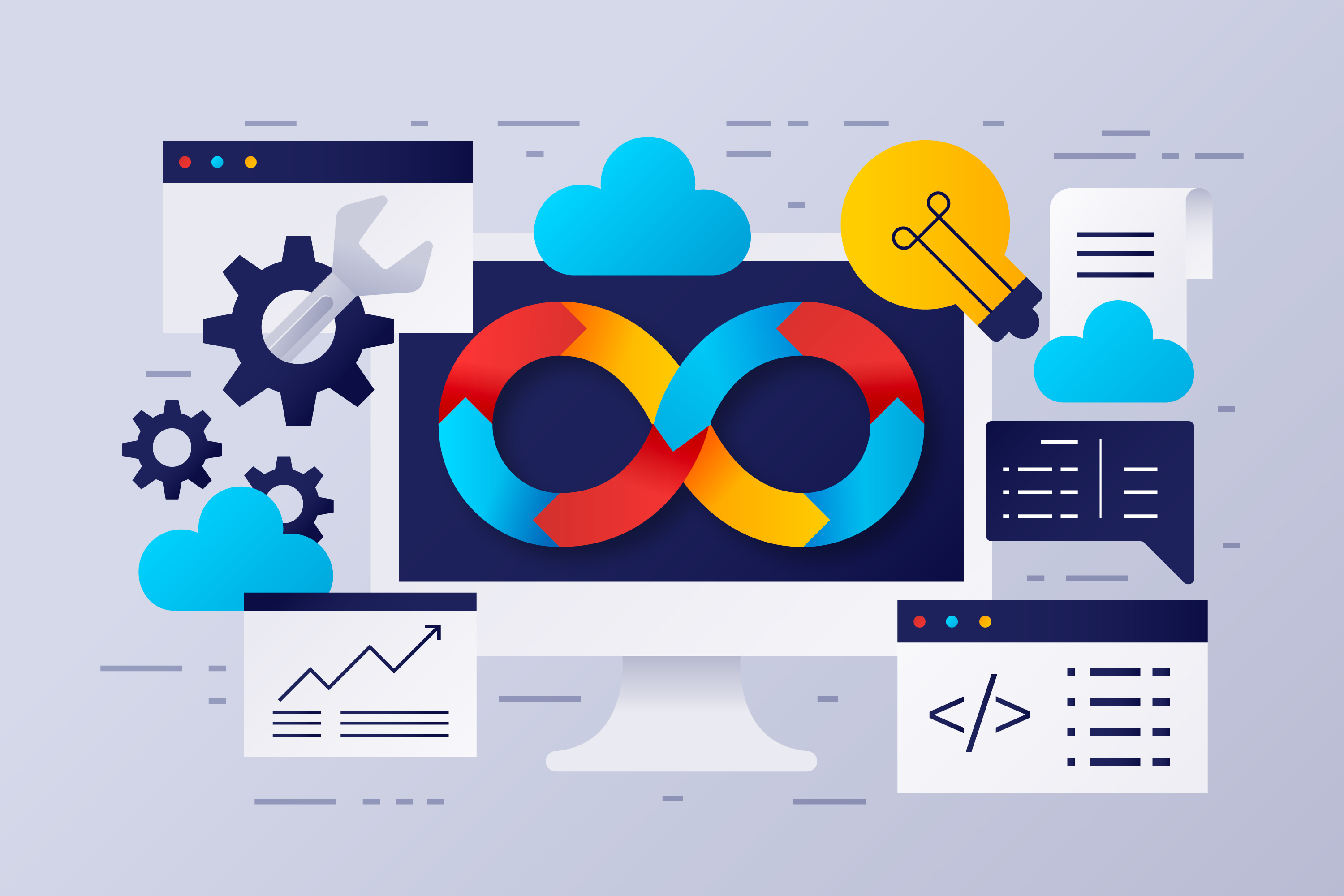
Source: Freepik
Among these trends, AI/ML Ops integration, NoCode/LowCode advancements, and the rise of DocOps/DocsAsCode practices stand out prominently, offering new dimensions to efficiency, innovation, and collaboration within DevOps methodologies.
AI/ML Ops and DevOps Integration
The convergence of AI/ML Ops and DevOps Integration represents a profound leap in technological integration. This fusion leverages AI-powered tools like Splunk, Graylog, and Datadog to streamline anomaly detection/monitoring, intelligent test case creation, and fortified security measures. These advancements hold the promise of significantly reducing noise in system logs, improving test accuracy, and fortifying cybersecurity measures within DevOps environments.
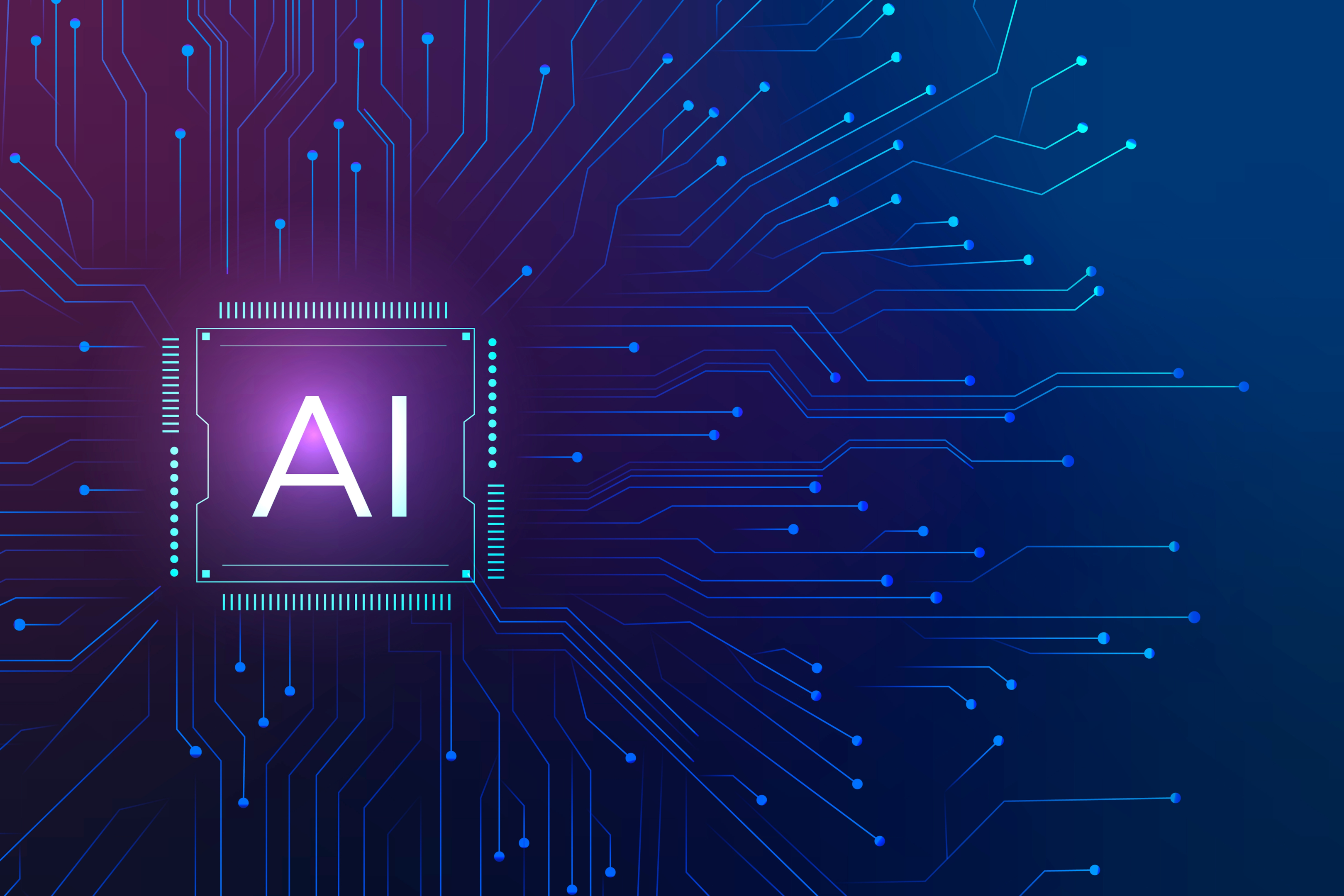
Source: rawpixel.com
NoCode/LowCode Revolutionizing DevOps Engineering
The emergence of NoCode/LowCode tools is transforming the traditionally intricate landscape of DevOps engineering. Platforms such as Zapier, Notion, and PagerDuty’s ‘Pliant’ tool are spearheading this revolution, allowing non-developers to navigate and automate tasks within CI/CD pipelines, Kubernetes management, and service meshes. This shift simplifies complexities, minimizes syntax barriers, and democratizes access to DevOps tools, fostering a more inclusive and efficient work environment.
DocOps/DocsAsCode: Shifting the Culture of Documentation
The rise of DocOps/DocsAsCode embodies a paradigm shift in the approach toward documentation. By adopting Markdown, Git-based version control, and hosting platforms like readTheDocs, organizations are integrating documentation seamlessly into their development processes. This cultural shift emphasizes early and continuous documentation during software development, ensuring accuracy, consistent version and source control, and accessibility of information, thereby enhancing overall operational efficiency.
DevOps as a Service (DoaaS)
DevOps as a Service architecture (DoaaS) represents a paradigm shift in software development methodologies, offering a service-oriented approach to DevOps integration. It involves outsourcing aspects of the DevOps toolchain and infrastructure to specialized service providers.
Benefits and Purpose:
DoaaS provides several advantages, including:
- Scalability and Flexibility: Discuss how DoaaS allows teams to scale resources based on project needs and adapt to changing requirements more efficiently.
- Cost-Effectiveness: Highlight cost benefits achieved through outsourcing DevOps toolchains and infrastructure management.
- Streamlining Operations: Emphasize how DoaaS simplifies deployment, monitoring, and maintenance by leveraging specialized expertise.
A-Dev: Revolutionizing DevOps Services
A-Dev is a pioneering DevOps-as-a-Service (DaaS) solution provider, dedicated to empowering organizations with cutting-edge aproaches, robust tools, and expert methodologies to improve development processes and operational efficiencies. A-Dev’s commitment to excellence is exemplified through a range of key features and offerings tailored to meet diverse organizational needs.
Key Features:
- Scalability: Adaptable virtual desktop service catering to small and large companies.
- Security Focus: Robust antivirus protection, daily backups, and round-the-clock monitoring.
- Optimized Accessibility: Global data center partnerships ensuring rapid cloud infrastructure access.
- Transparent Pricing: Clear, no-hidden-costs pricing models sans long-term commitments.
- Technical Support: Expert support empowering easy cloud navigation.
DevOps as a Service (DaaS) Offerings:
- Benefits: Enhanced efficiency, scalability, cost savings, and improved collaboration.
- Services: Container management, cloud infrastructure design, log monitoring, IaC, CI/CD.
Managed Cloud Services:
- Features: Migration tools, continuous delivery platforms, and interoperable solutions.
- Details: Explore More.
Future of DevOps
To predict future outcomes, the year 2024 in the realms of DevOps and DevSecOps is poised for a significant evolution, witnessing transformative trends that will shape the future technology landscape.
Predictions for DevOps and DevSecOps in 2024
The future of DevOps will witness a confluence of best practices that redefine operational paradigms across the spectrum:
- AI-Driven Automation: Artificial intelligence and machine learning are set to transform the DevOps technology landscape, offering improved scalability. AI-powered tools are positioned to automate repetitive tasks, predict potential issues, and elevate overall efficiency.
- Security Integration: The seamless integration of safety measures within DevOps practices will persist, emphasizing a proactive approach. Continuous security testing, vulnerability scanning, and robust code analysis will remain integral components of software design and distribution lifecycles.
- Multi-Cloud and Hybrid Environments: As cloud solutions expand, the norm will be the adoption of multi-cloud and hybrid environments. DevOps methodologies will adapt to efficiently manage applications and infrastructure across diverse cloud providers and on-premises environments.
- GitOps and Infrastructure as Code (IaC) Advancements: GitOps will gain momentum, utilizing Git repositories for streamlined infrastructure and application deployment. Simultaneously, IaC practices will mature, enabling seamless management, source control, and automation of infrastructure configurations.
- Enhanced Observability and AIOps: The adoption of observability practices and AIOps is set to expand significantly. Advanced observability tools will provide deeper insights into applications and infrastructure, facilitating proactive issue identification and resolution.
DoaaS Evolution in 2024 and Beyond:
- Specialized Solutions: DoaaS is expected to mature, providing more tailored and customizable offerings for diverse development needs.Service-oriented DevOps models will provide offerings tailored to specific project requirements.
- Integration with Multi-Cloud: DoaaS seamlessly integrates with multi-cloud and hybrid environments, facilitating efficient application management and deployment across various cloud platforms. It ensures consistency, reliability, and efficiency in complex cloud ecosystems.
- Optimizing Efficiency: DoaaS contributes to optimizing software processes, fostering rapid iteration cycles, reducing time to market, and instilling a culture of continuous enhancement.
Embracing Future DevOps Industry Trends: Strategies for Success
To navigate the evolving DevOps landscape effectively, organizations are encouraged to adopt strategic initiatives:
- Embrace Automation: Prioritize streamlined processes and automation techniques to improve efficiency within DevOps workflows.
- Integrate AI/ML: Explore predictive analytics and intelligent testing through AI and machine learning to improve software design and rollout processes.
- Utilize NoCode/LowCode: Expedite development cycles by leveraging NoCode/LowCode platforms for rapid prototyping and faster iterations.
- Implement DevSecOps: Embed security measures early in the development lifecycle to fortify the software development process against vulnerabilities.
- Adopt DocsAsCode: Seamlessly integrate documentation into the development process by treating it as code, ensuring accuracy and accessibility.
- Foster a Learning Culture: Encourage continuous learning and adaptation within the organizational culture to empower teams to embrace emerging trends effectively.
These strategies form a robust framework, empowering organizations to navigate and thrive in the ever-evolving DevOps landscape.
Conclusion
DevOps remains a transformative force, reshaping collaboration, innovation, and overall quality pf software across different environments. Its profound impact streamlines processes, fosters improved agility, and encourages continuous improvement.
Considering the trends of 2023 and future projections, DevOps epitomizes innovation. Technologies such as AI/ML, GitOps, DevSecOps, automation, and documentation shifts are redefining ongoing enhancement with even greater emphasis. Predictions for 2024 envision AI-driven automation, multi-cloud ecosystems, observability, and heightened security integration as paramount in defining the trajectory of DevOps.
To excel, organizations must embrace automation, AI/ML integration, NoCode/LowCode coding tools, DevSecOps, DocsAsCode practices, and a learning culture. These strategies empower leadership in an evolving tech landscape focused on innovation and efficiency.
DevOps remains a guiding philosophy, steering teams towards efficiency, collaboration, and innovation. Rooted in collaboration, adaptability, and agility, DevOps isn’t just a methodology but a cultural shift driving transformative change in technology’s future.




